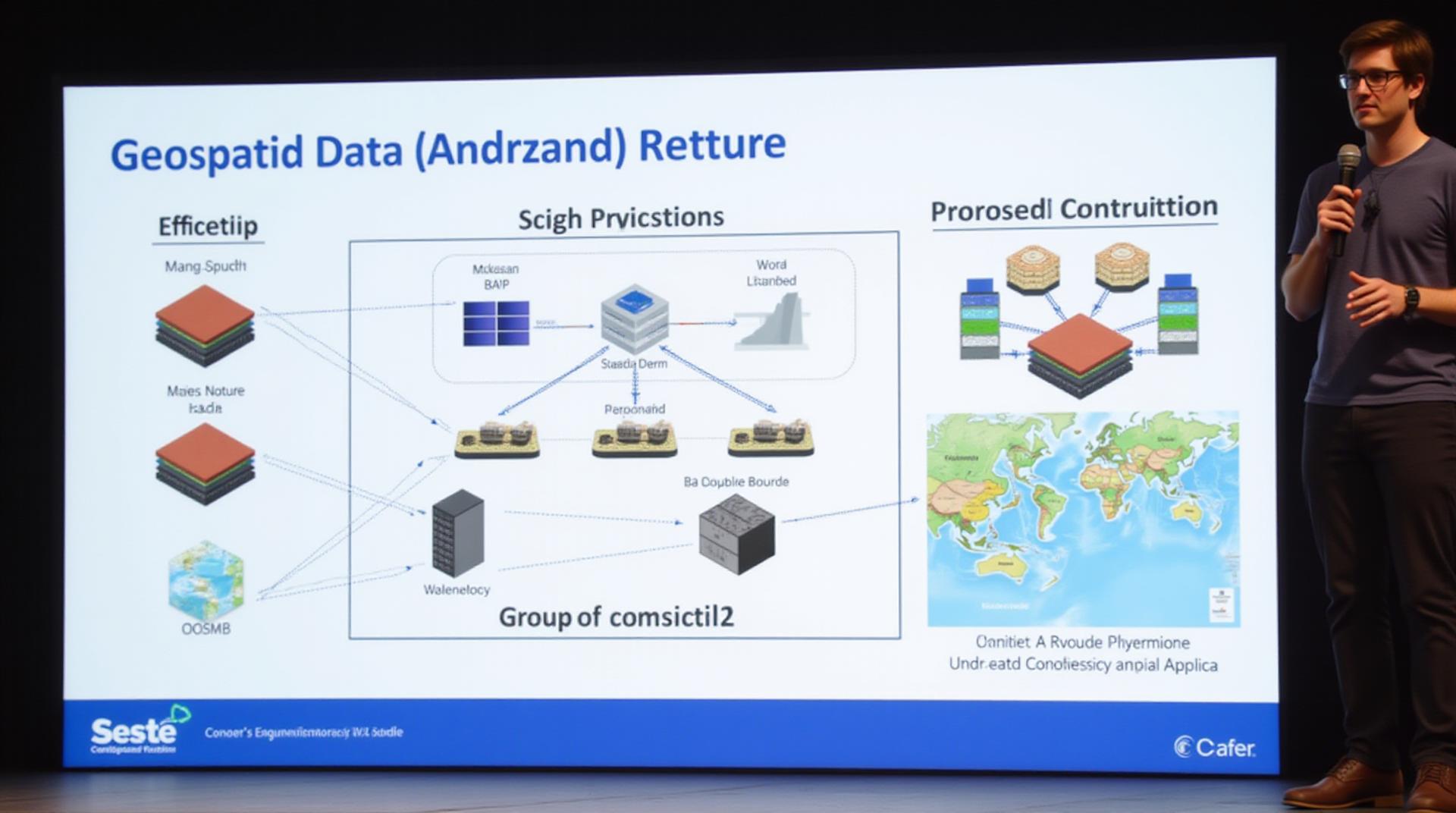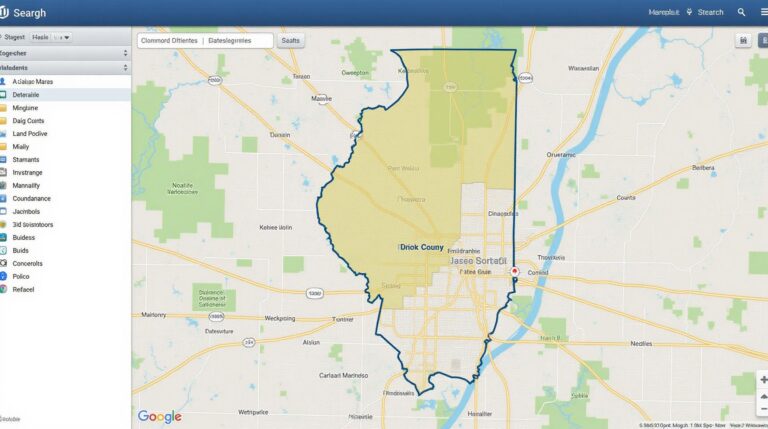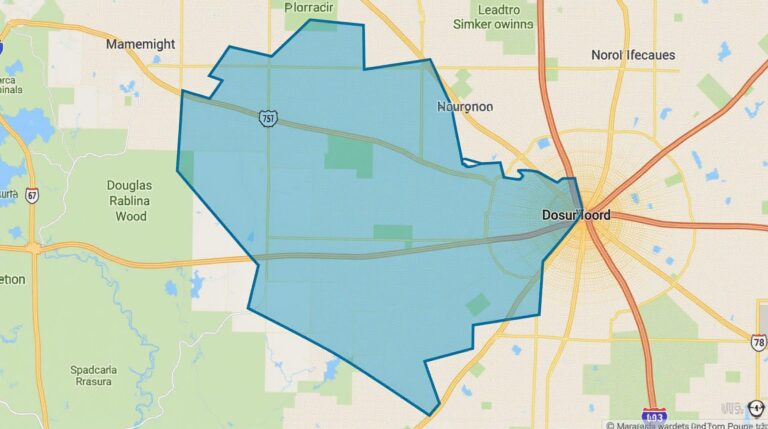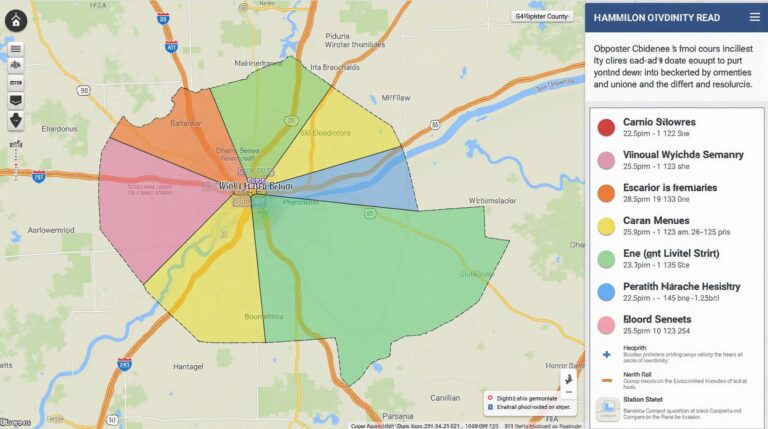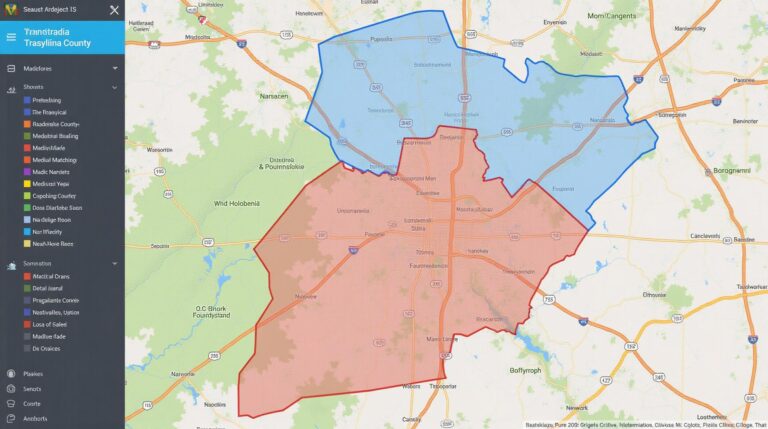AI for Geospatial Data Compression – Efficient Storage
AI for Geospatial Data Compression – Efficient Storage
Geospatial data, with its complex and varied forms, is crucial to understanding our planet and its changing dynamics. However, managing and storing this vast amount of information can become a significant challenge. Enter AI for geospatial data compression – a powerful solution leveraging cutting-edge technology to dramatically improve storage efficiency and unlock real-world potential.
Key Features & Benefits
For a deeper understanding of this promising technology, let’s explore the key features and benefits:
1. Enhanced Compression Efficiency:
- AI algorithms can analyze vast datasets, identifying patterns and redundancies to compress geospatial information beyond conventional methods.
- This leads to significant reduction in storage space required, often making geospatial data more accessible and affordable.
2. Improved Data Accuracy and Inference:
- AI-driven compression techniques often incorporate machine learning components to learn the actual information importance and dependencies within the data.
- This allows for fine-tuned decompression options, leading to excellent data recovery while minimizing information loss.
3. Prioritization and Efficient Data Selection:
- Advanced AI can prioritize critical dimensions and resources for data extraction, optimizing storage allocation.
- This addresses a common concern in geospatial data management, where prioritizing and fine-tuning data access becomes crucial.
4. Potential for Customization:
- AI-powered compression solutions can often be tailored to specific data formats, ensuring optimal compression for various geospatial applications.
- This allows users to adapt the technology to their specific needs, enhancing its overall effectiveness in different contexts.
Practical Applications
The potential of AI for geospatial data compression is far-reaching, with applications spanning diverse fields:
1. Environmental Monitoring and Disaster Response:
Reducing storage requirements enables the efficient storage and sharing of high-resolution images, satellite data, and other diverse geospatial datasets vital for environmental monitoring, resource management, and disaster preparedness.
2. Urban Planning and Development:
AI compression can drastically reduce the storage demand for urban planning projects, facilitating the development and management of cities and infrastructure.
3. Geological Mapping and Research:
Geospatial data plays a crucial role in diverse geological studies and surveys. AI-powered compression facilitates more efficient storage and analysis of this complex data.
4. Navigation and Mapping Services:
By reducing the footprint of geospatial data, AI optimization contributes to accurate and fast response times, optimizing the efficiency of navigation systems and mapping apps, like Google Maps.
5. Defense and Counter-Espionage:
High-resolution imagery and sensor data often form the backbone of military defense and intelligence efforts. AI compression techniques can optimize these complex datasets for secure storage and analysis, due to its ability to extract relevant information without compromising confidentiality.
Conclusion
AI for geospatial data compression offers a powerful solution for tackling the escalating storage challenges associated with increasingly sophisticated geospatial datasets. The versatility and applications discussed above highlight this technology as a key driver of efficiency and innovation within segments of our world.
To explore further, we emphasize joining communities for sharing information.
By embracing this technological frontier, we can achieve significant advancements in geospatial data management and unlock access to a wealth of knowledge about our planet.
Check similar topics:
FAQs: GeoAI Data Compression
These answers address common questions about geoai-data-compression technologies on www.techgeo.org.
What is GeoAI Data Compression?
GeoAI data compression is a revolutionary technique used to shrink the size of geospatial data while minimizing any loss in accuracy or resolution. It is particularly valuable for large-scale mapping projects and remote sensing data, where storage and transmission costs can be significant. By cleverly streamlining spatial and geographic data representations, geoai-compression delivers significant data efficiency gains.
What Formats Does GeoAI Data Compression Support?
- GeoTIFF: This standard format for raster geospatial imagery is widely compatible.
- Shapefile: This prominent format for geographic features offers excellent compatibility with GIS software.
- Other formats: Our Compression tool can work with a variety of formats by incorporating custom data mappings.
Where Can I Learn More and Use GeoAI Data Compression?
- Visit our blog for articles and case studies related to geoai-data-compression.
- Explore our compression tool to start experimenting.
What are the Benefits of GeoAI Data Compression?
The advantages of geoai-data-compression are numerous:
- Reduced Storage Demands: Compression significantly shrinks the size of your geospatial datasets, freeing up valuable disk space.
- Faster Processing: Compressed data loads more quickly, leading to improved speed in analyses and simulations.
- Efficient Data Transfer: Transmission of compressed data is faster and requires less bandwidth.
- Environmental Impact: Reduction in data storage means lower carbon footprints.
What is the Impact of GeoAI Data Compression on my Workspace?
The impactful benefits we discussed above can drive these key improvements:
- Improved efficiency in your operations.
- Enhanced data analysis capabilities.
- Time and cost savings throughout your workflow.
- Greater sustainability for your business.
Conclusion
GeoAI data compression is an essential tool for working with large geospatial datasets, offering significant advantages in storage, processing, and commutable it is a vital component of our commitment to sustainability within the geospatial data domain.
Contact the TechGeo team to learn more about how GeoAI data compression can streamline your operations.

